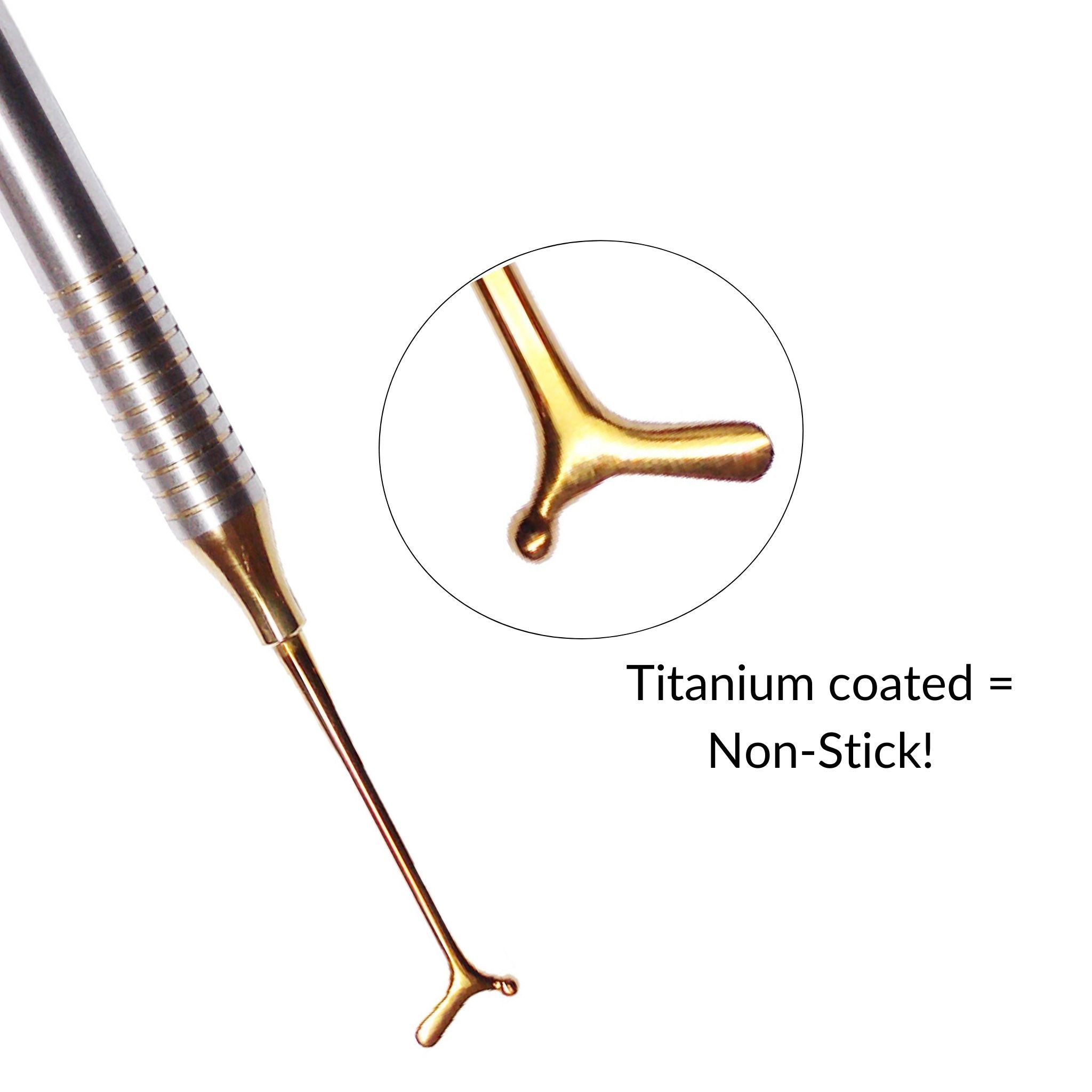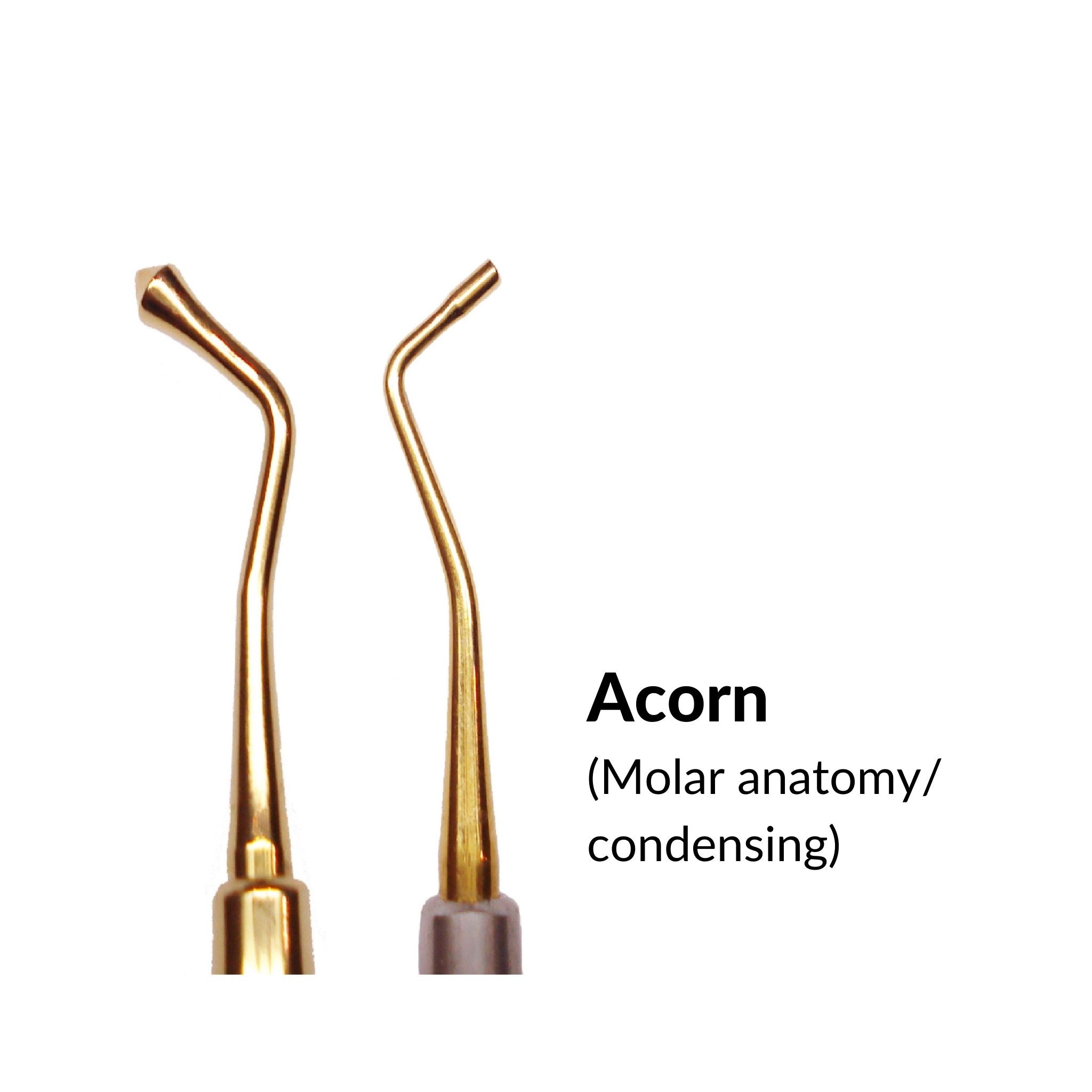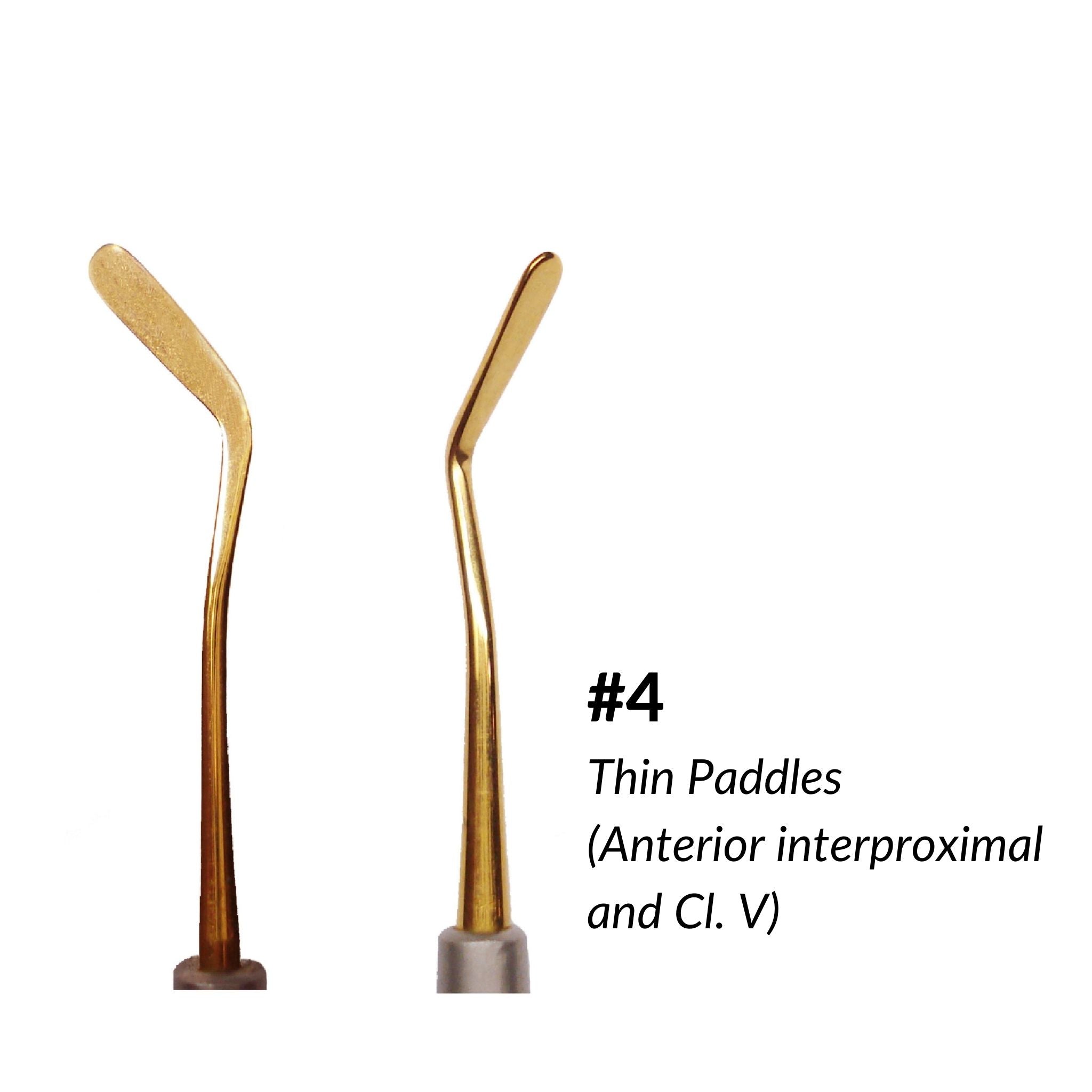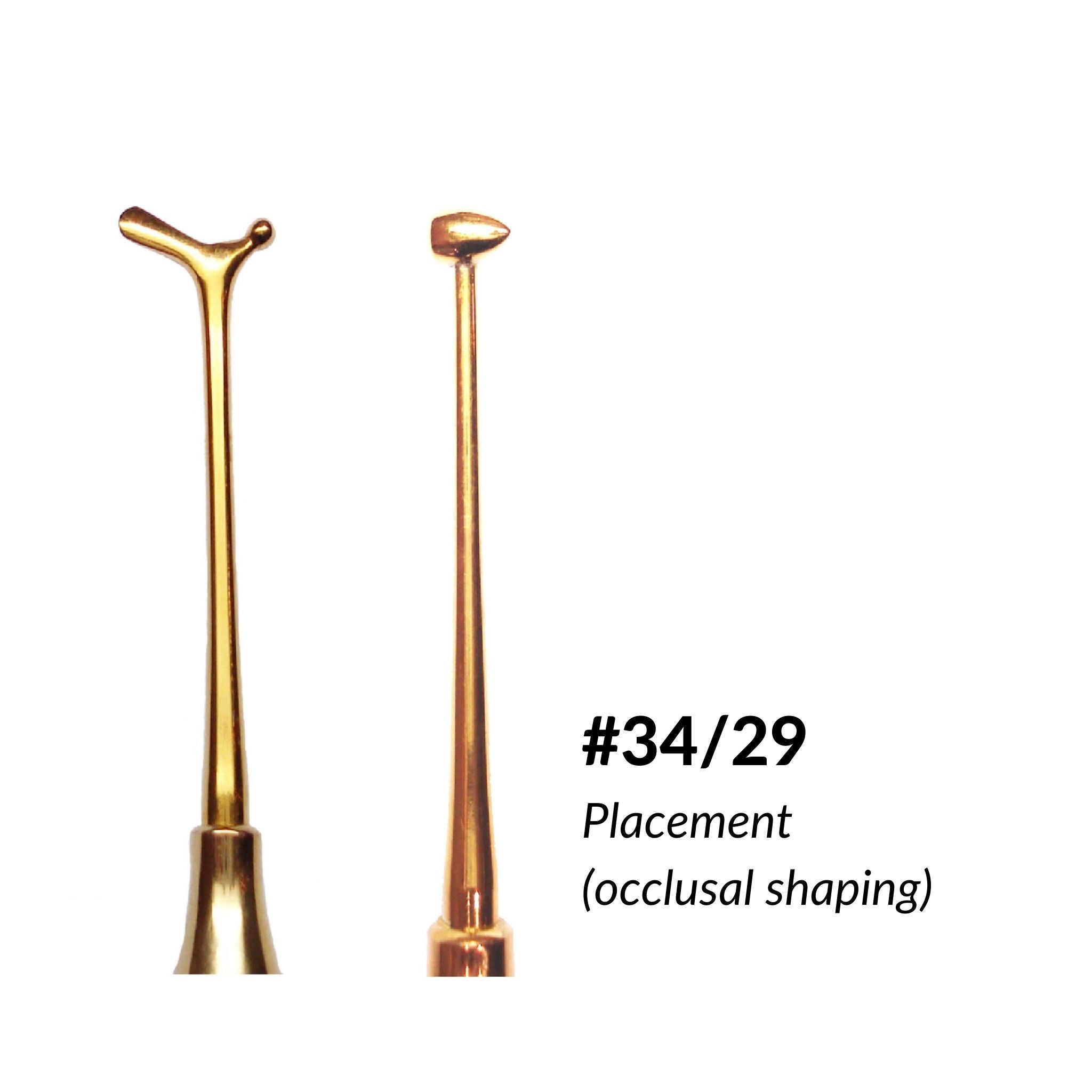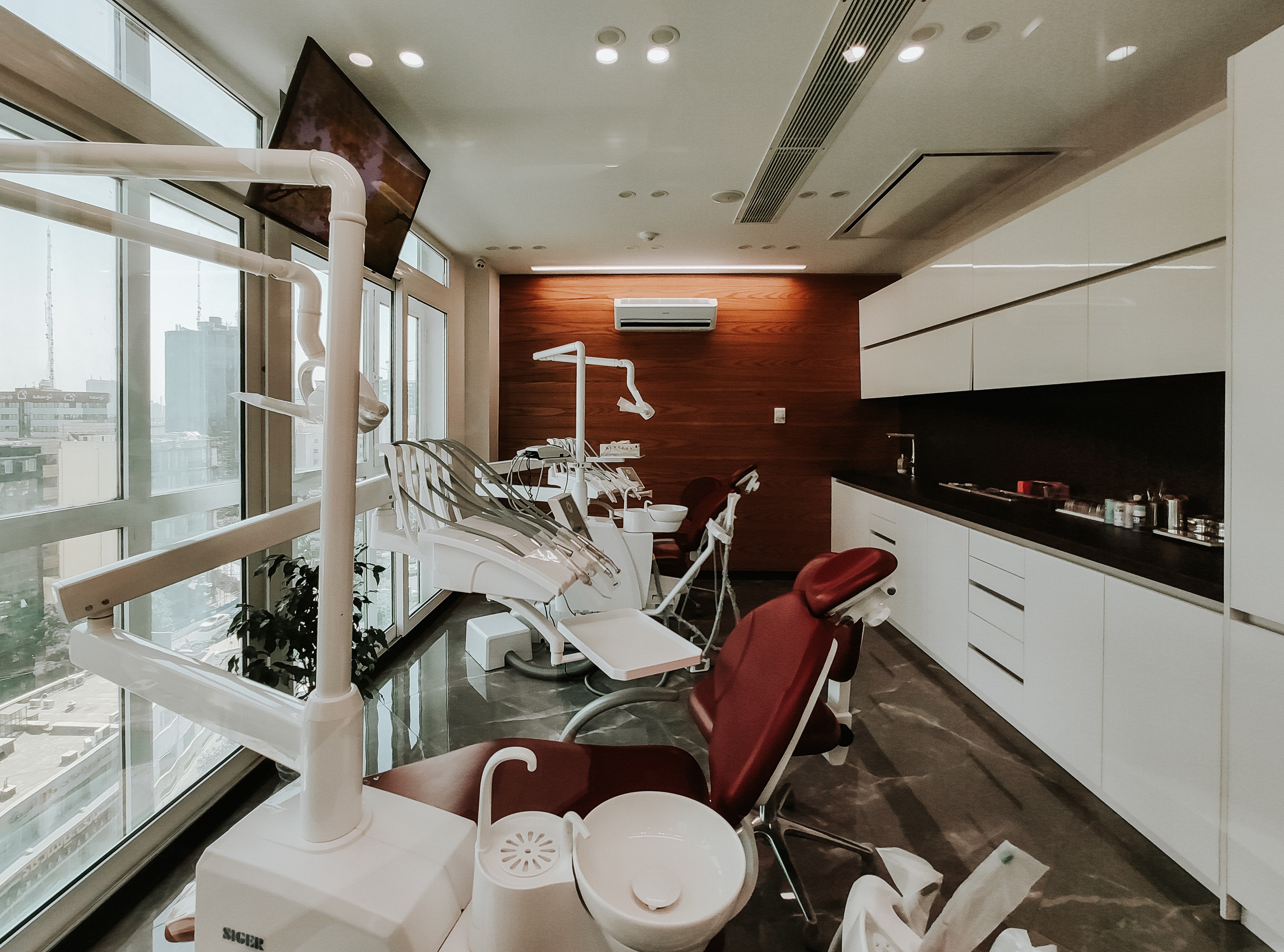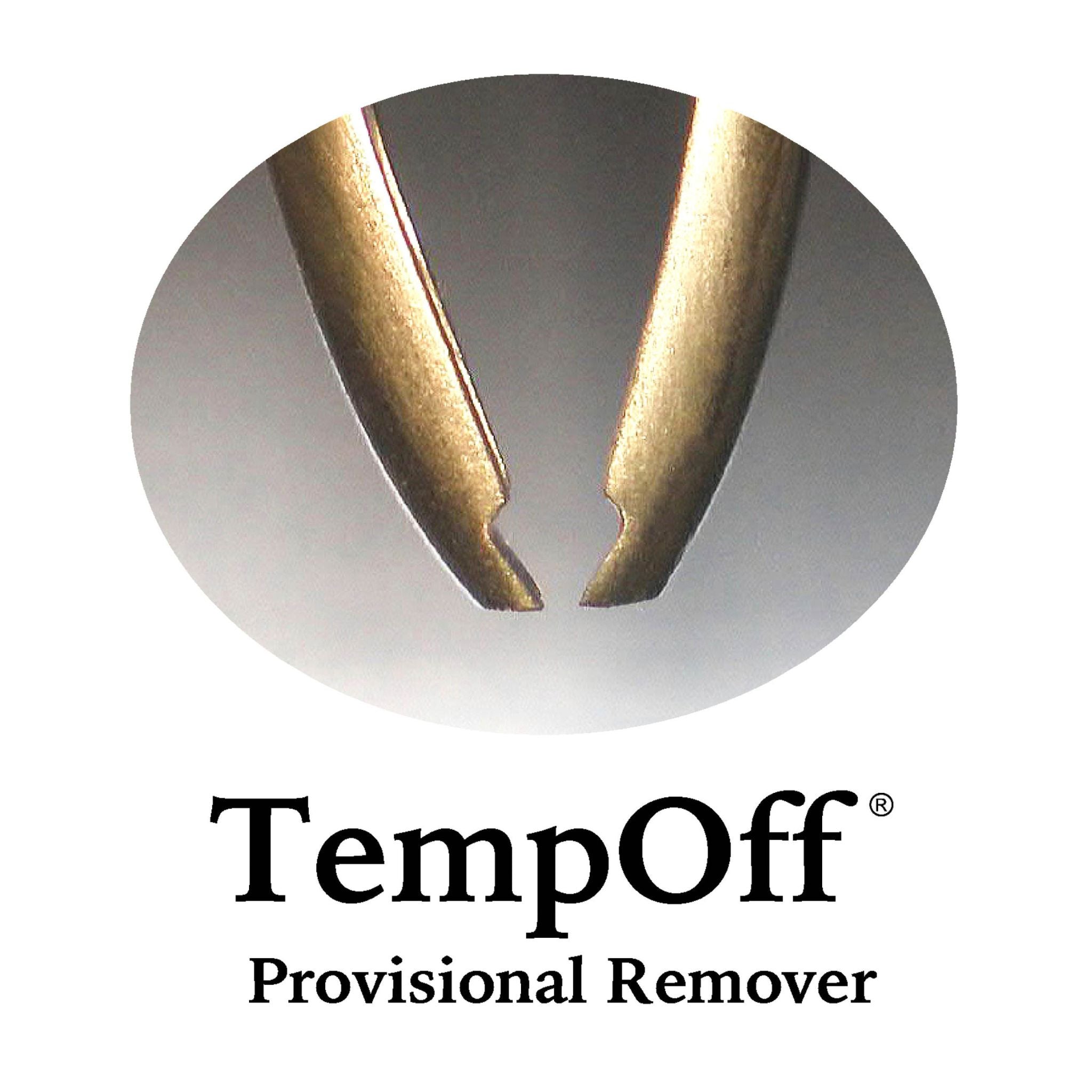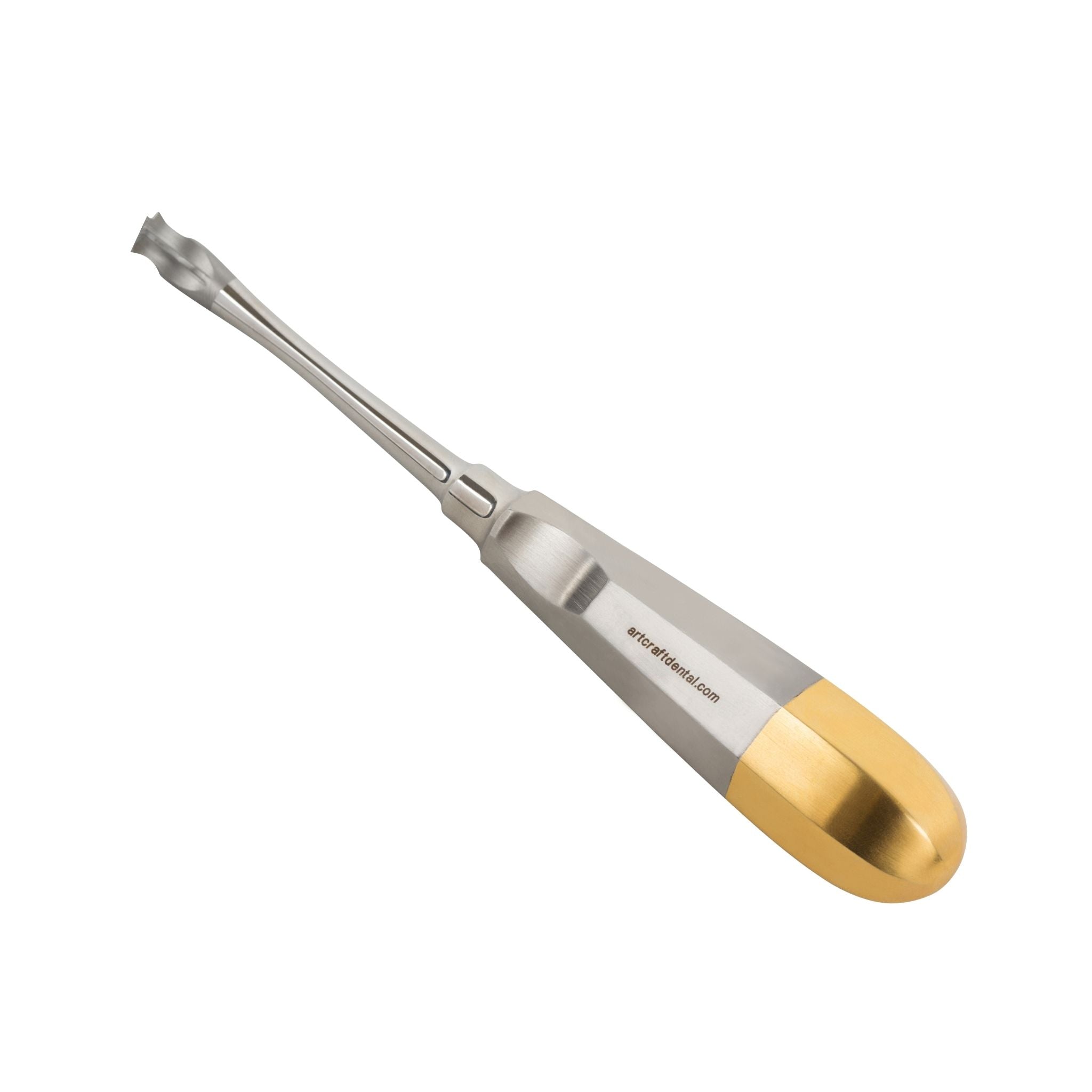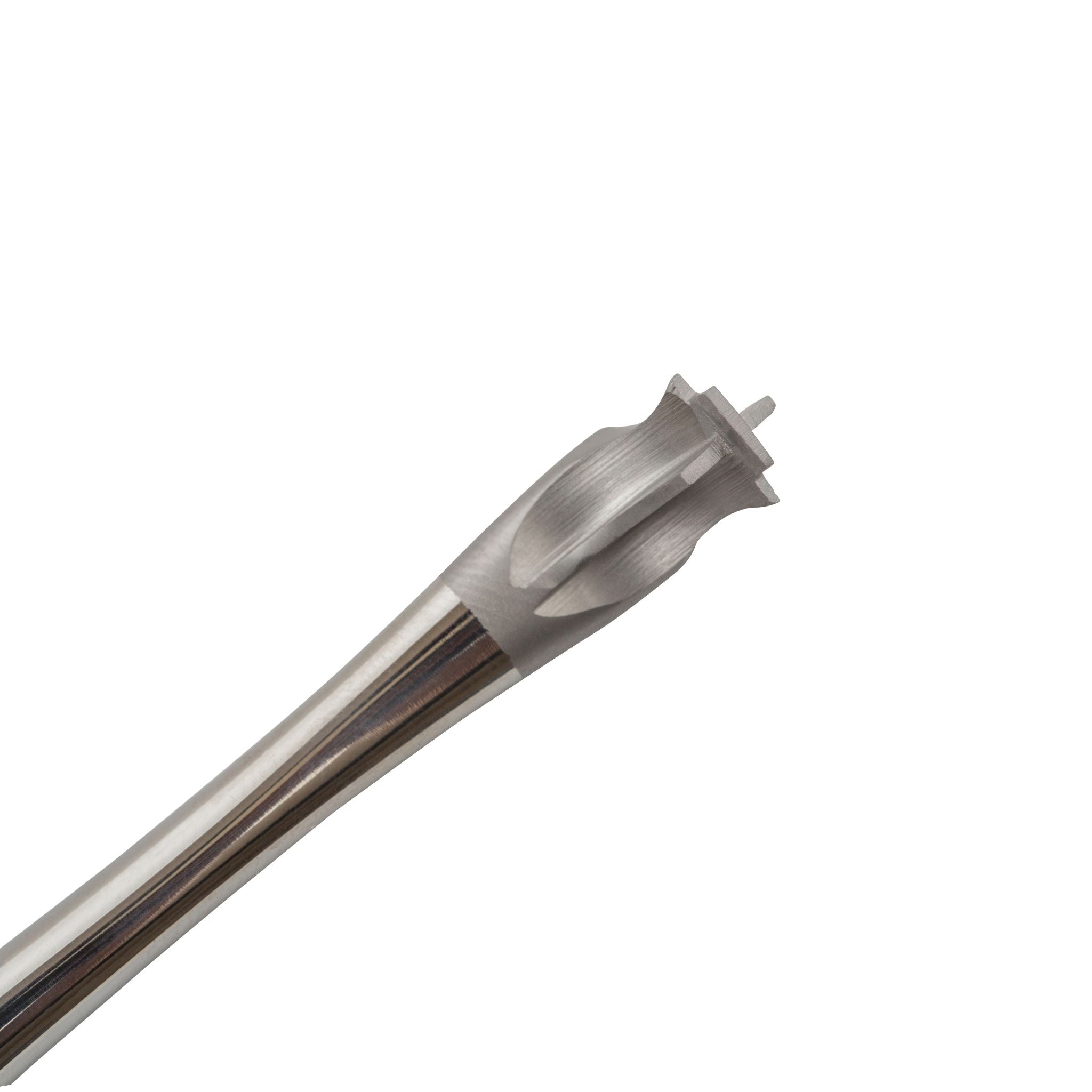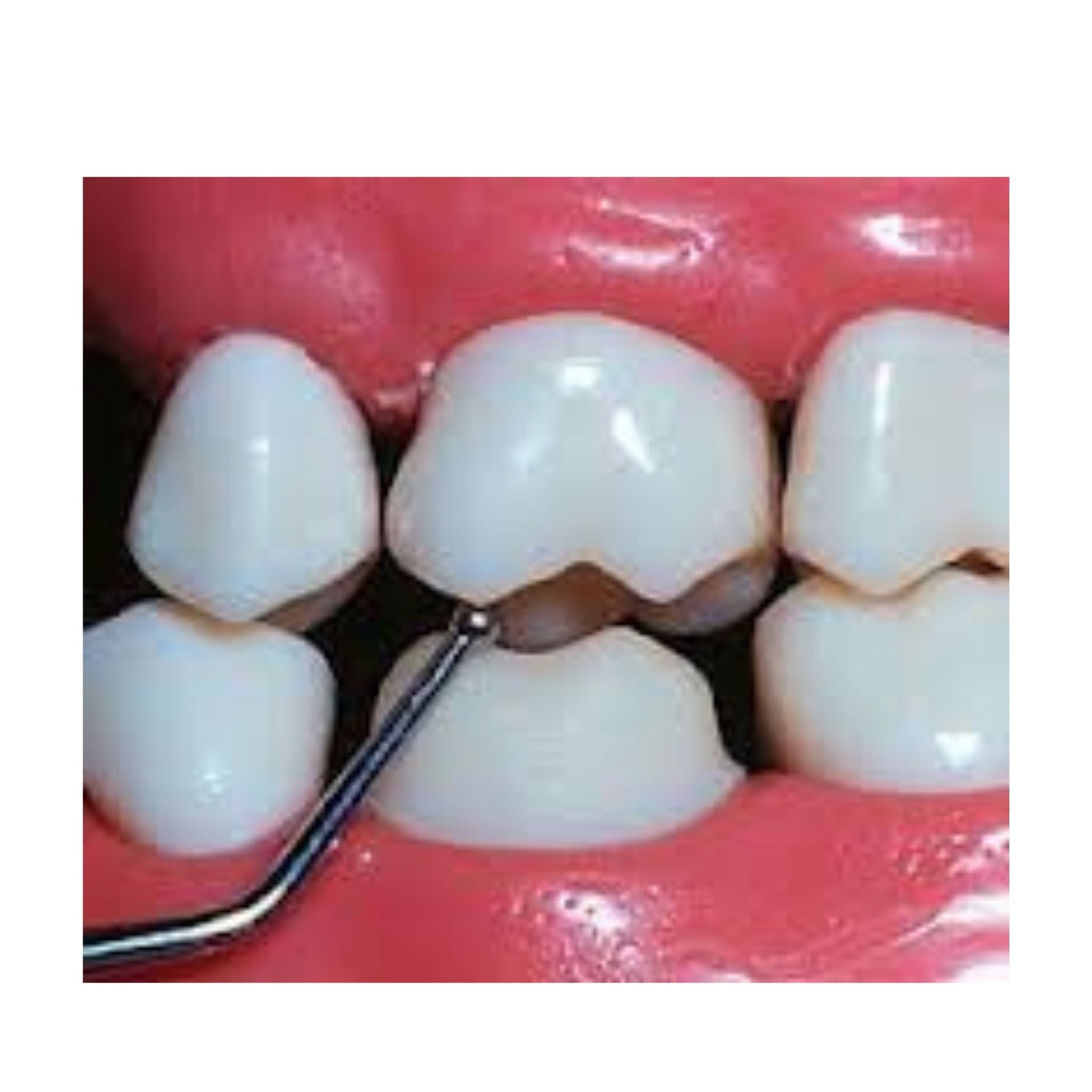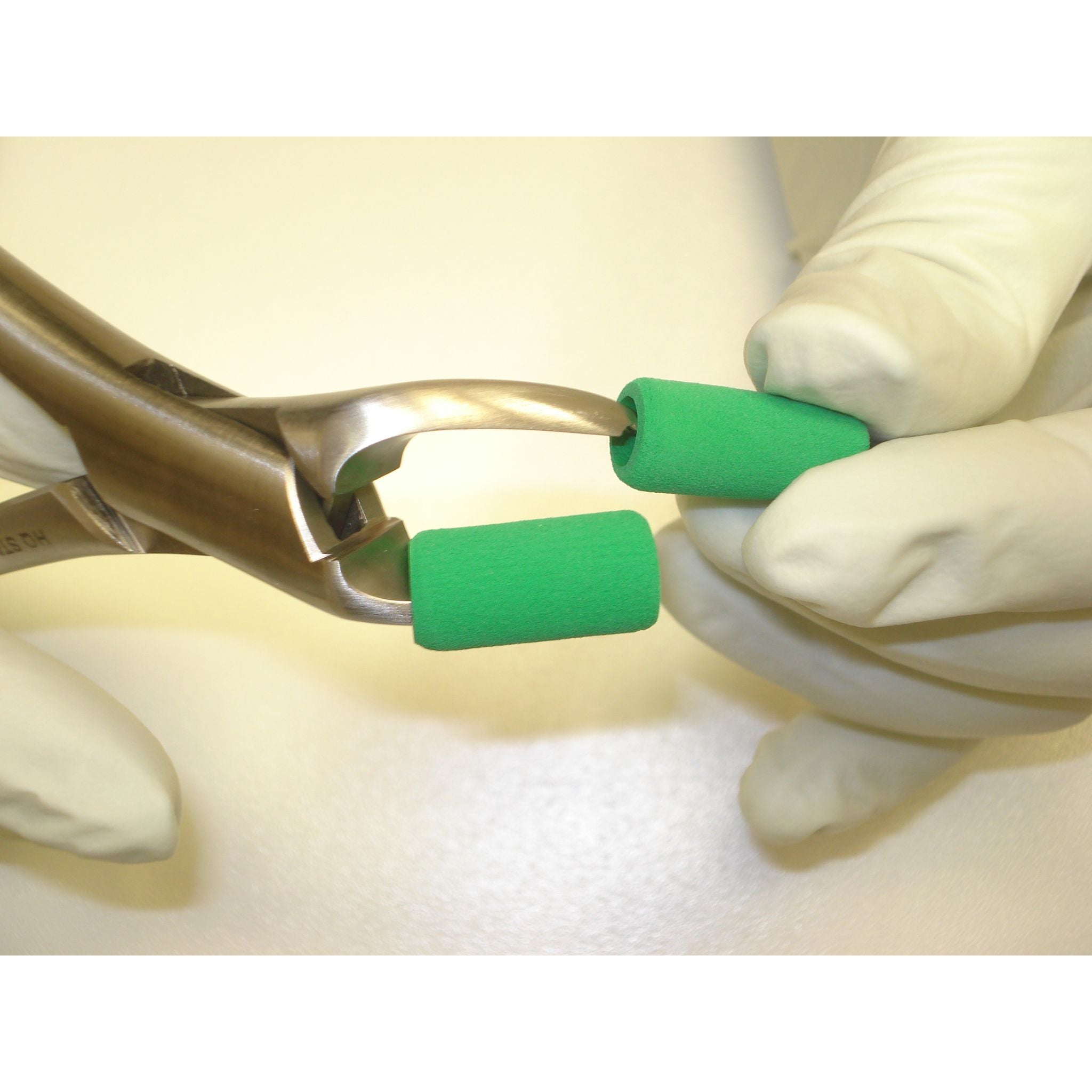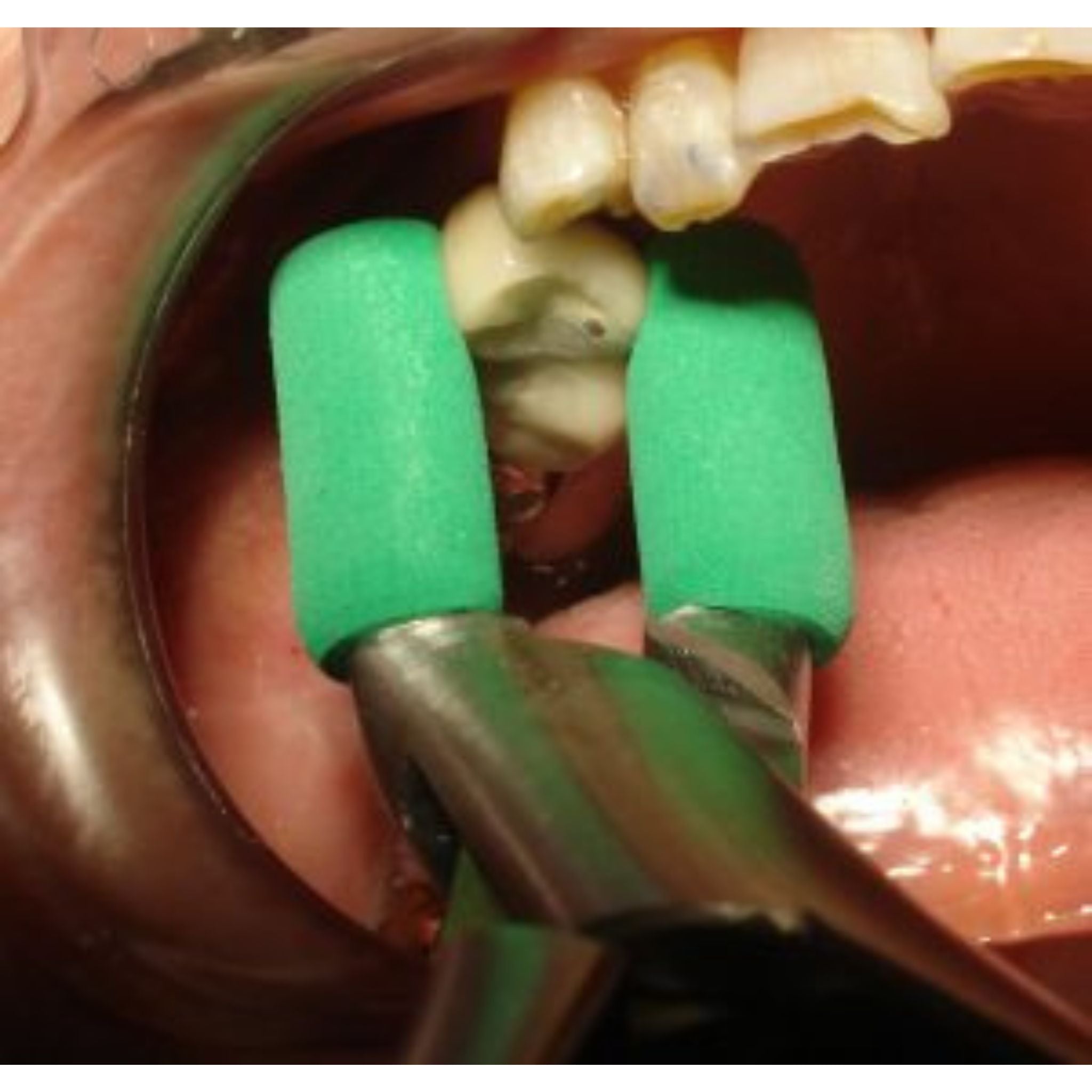Are you searching for a dental composite restoration technique that won’t contaminate your fillings? Have you been on the hunt for an instrument that saves you time and makes it easier to manipulate the sticky composite material – without the frustration of said material sticking to your tool? You’re in luck – because the method we’re going to introduce you to in this short guide accomplishes both these goals and many more.
At ArtCraft Dental, we’re passionate about transforming the dental industry for the better with the best dental tools possible. Let’s face it – traditional dental tools don’t cut it. They’re poorly designed and suboptimal for their intended purpose, and typical composite tools are a perfect example of this.
That’s why we’ve worked tirelessly to invent a superior alternative – one that you’ll wish you’d found sooner. With the best dental composite instruments, you’ll unlock efficiency like you never thought possible. First – what is composite restoration?
What is Composite Restoration?
Chances are, you’re already quite familiar with this procedure. But for the new dental professionals out there, we’ll provide a brief overview to set the stage for the rest of our conversation.
Dental composite restoration is a procedure in which a tooth-colored composite resin material is used to repair a tooth that has been damaged by decay, injury, or wear. The resin material is a mixture of fine glass or quartz particles and a plastic polymer. And, before being cured, it is incredibly sticky – which is where the problems with traditional instruments arise.
The composite material is applied to the tooth in layers and then hardened (cured) using a special light. Once the composite has hardened, it can be shaped and polished to match the surrounding tooth structure.
Composite restorations are a popular choice because they can be closely matched to the color of the natural tooth, making them a more aesthetically pleasing option than traditional metal fillings.
However, many dental professionals have come to dread this procedure. Despite the fact that it’s far simpler and less stressful than other common operations like dental crown removal or temporary crown removal. Here’s why…
Why Traditional Dental Composite Restoration Techniques Fall Short
There are two main reasons typical dental composite restoration techniques are problematic: the material sticks to the instrument and can contribute to contamination.
The Composite Material Sticks to the Instrument
One of the challenges of dental composite restoration is that the composite material can stick to the tools used to shape and place it. This can make it difficult and time-consuming to achieve the desired shape and contour of the restoration. Additionally, composite materials have a tendency to absorb moisture, which can further complicate the shaping process and lead to contamination of the filling.
To overcome these challenges, dental professionals use special tools and techniques to shape and place the composite material. For example, they may use a dry field technique, in which a rubber dam is placed around the tooth to keep saliva and other contaminants away from the composite.
However, the best way to overcome this challenge is with the new and innovative tool we’ll introduce you to in just a moment. First – let’s talk about the other problem with typical instruments and techniques.
The Composite Material Sticks to the Instrument
One of the challenges of dental composite restoration is that the composite material can stick to the tools used to shape and place it. This can make it difficult and time-consuming to achieve the desired shape and contour of the restoration. Additionally, composite materials have a tendency to absorb moisture, which can further complicate the shaping process and lead to contamination of the filling.
To overcome these challenges, dental professionals use special tools and techniques to shape and place the composite material. For example, they may use a dry field technique, in which a rubber dam is placed around the tooth to keep saliva and other contaminants away from the composite.
However, the best way to overcome this challenge is with the new and innovative tool we’ll introduce you to in just a moment. First – let’s talk about the other problem with typical instruments and techniques.
Filling Contamination
Another issue with dental composite restoration is the contamination of the filling with bacteria, saliva, or other debris that may be present in the patient’s mouth.
To prevent this, dental professionals use strict isolation and sterilization protocols to ensure that the tooth and surrounding area are as clean as possible prior to the restoration procedure. They also use a rubber dam, which is a sheet of latex that isolate the tooth being worked on and keep saliva and debris away from the tooth during the procedure.
However, there is one other way the composite can become contaminated – and that’s from the instrument itself. The vast majority of composite instruments are made from cheap metal or steel. These can degrade over time. When combined with the sticky, tacky nature of composite, the metal will begin to come off and end up in your patient’s filling. No good.
So what’s the solution for this? Titanium coating on your instrument. This type of material will not contaminate your fillings, and as such, it’s imperative that you upgrade dental instruments accordingly.
Introducing a Dental Composite Restoration Technique That Speeds up the Process While Eliminating Contamination Risks
ArtCraft Dental creates instruments by dentists, for dentists. Our founder, Dr. David Fyffe, decided that enough was enough – it was time to stop putting up with the poor design and cheap quality instruments that plague the industry.
Since 1994, he’s been working to invent revolutionary tools that change the way you view certain procedures – including composite instruments. With the CompPlus™ composite dental instrument and the well known Seamfree Composite Wetting Resin, you’ll be able to quickly and easily apply and shape composite – avoiding the pitfalls we described above.
How it all Works
This is the most powerful duo for all your composite work. The CompPlus™ is a titanium-coated work-of-art that eliminates the frustrating occurrence of composite sticking to the tool. It makes it easy to design, shape, and contour your fillings precisely how you want them before curing. And as we mentioned earlier, this titanium coating eliminates the concern of contamination.
With quicker prep work and better placement, you save time. After all, the more precise you are with your placement, the less time spent on gross reduction and polishing. All while contributing to a superior patient outcome – which is what really matters in the end.
The instrument itself is a godsend to dentists everywhere. But, it works even better when paired with Seamfree. This wetting agent makes it far easier to handle composite material consistently. It’s unfilled and does not build film thickness or add its own visible layer to the composite.
It’s versatile and can be used with all methacrylate materials. You can even use it with direct or indirect restorations – no procedure is off-limits. No need to dry or cure the resin either, it’s absorbed directly into the composite after use. Here’s a quick overview of how these tools work in tandem:
- Place a drop of the agent into the plastic well included with the product.
- Dip the microbrush into the well to saturate, then spread the liquid onto the top of the uncured composite material in the tooth.
- The composite material is now non-stick, so you can effortlessly shape and manipulate the composite material without drag or pull-back.
- Alternatively, you can dip your instrument tip into the resin filled well to achieve the same non-stick results.
That’s it – it’s really that simple and straightforward. Just wait till you try it for the first time – you’ll be blown away at what you’ve been missing out on!
Wrapping Up Our Guide on the Best Dental Composite Restoration Technique
In summary, dental composite restoration is a time-consuming and technique-sensitive process. Traditional tools contribute to wasted time and contaminated fillings – while the solution at ArtCraft Dental speeds up your workflow and gives you unparalleled control over how you manipulate and shape the material – a huge time saver!
When paired with a high-end composite wetting agent, you’ll be blown away at the efficiency and tactile sensitivity you’ve unlocked. You’ll wish you’d found this dental composite restoration technique sooner!
So, what are you waiting for? At ArtCraft Dental, you’ll gain access to a suite of innovative dental instruments in the USA that transform the way you approach the most common procedures. Your practice will become more efficient and you’ll save a ton of money in the long run. And, you’ll earn the reputation as the go-to dental professional in town as patients appreciate the quick, pain-free procedures they have in your chair.
From temporary crown removers to elevator dental tool, dental forceps, and much more – you can overhaul your entire arsenal at ArtCraft Dental.
We offer a 60-day money-back guarantee because we know you’re going to love these tools as much as other dentists have. And, you can get fast and free shipping to stretch your budget even further. Get yours now!







